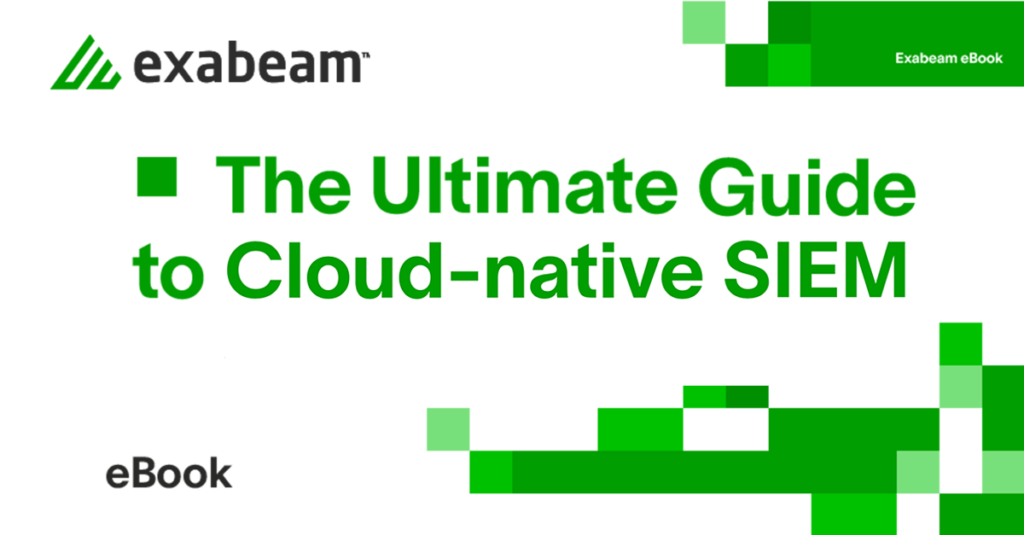As a security analyst or architect, you’ve heard it all. Yes, there is too much data to manage. Yes, there is complexity in managing log data from various IT and security tools. Yes, we encounter benign alerts all the time. But what if there’s a solution that offers increased visibility, control and cost savings? Imagine being able to extract useless data, optimize log storage, and allocate more budget to test new security software, ingest more telemetry data, and migrate from legacy, on-prem security information and event management (SIEM) to cloud-native SIEM technology? This blog post explores how observability pipelines can help overcome data limitations and drive positive outcomes for your organization.
In this article:
- Data dependency is killing your game
- Understanding Observability, Visibility, and Monitoring
- Enhanced Security for Cloud-Native SIEM
- Conclusion
Data dependency is killing your game
As many security teams can attest, legacy SIEM solutions often require vast amounts of data for compliance purposes, and other organizations may need to access and analyze log data using their own analytics engines.Migrating to a cloud-native SIEM solution can be a daunting task, but there are ways to ease the process. Rather than investing substantial resources and budget to run your own migration process, exploring observability pipelines can provide a more straightforward solution. These pipelines can assist in SIEM migration, data ingestion, and data routing from legacy systems, facilitating the transition to a cloud-native SIEM solution like Exabeam.
Understanding observability, visibility, and monitoring
To fully grasp how observability pipelines support SIEM migration and data routing, we must first differentiate between observability, visibility, and monitoring. While these terms overlap to some extent, each offers a distinct approach to establishing a comprehensive security architecture. Observability goes beyond mere visibility and monitoring by providing deep insights into system states and leveraging metrics and technologies to explain incidents and assess risks. By comprehending these differences, security teams can harness the benefits of observability within their cybersecurity toolbox.
Observability pipelines build upon data visibility and insights, enabling users to route, filter, shape, or mask log data before consumption or ingestion. This empowers security analysts and architects to rein in storage costs while ensuring the most relevant telemetry data is sent to Exabeam.
Enhanced security for cloud-native SIEM
With the increasing adoption of cloud environments, detecting cyberthreats has become more challenging. While cloud-native SIEM solutions offer limitless data storage capacity, storage costs impose limitations on what can be stored and for how long. While an infinite budget would be ideal, reality dictates otherwise. Observability pipeline technology allows security teams to ingest large volumes of data into a cloud-native SIEM system and filter, shape, and mask valuable data that supports security workflows.
Conclusion
By combining the capabilities of Exabeam with observability pipeline technology, security teams regain control over their data destiny. They can reduce storage costs, uphold existing service level agreements (SLAs), and enhance security outcomes by collecting the most valuable telemetry data. With more than 600 product integrations and more than 9,000 parsers, Exabeam is well-positioned to provide massive amounts of telemetry data for user and entity behavior analytics (UEBA). This empowers analysts to gain an advantage in detecting and mitigating security breaches. Consider observability pipelines as another valuable tool to optimize positive security outcomes for your organization.
Want to learn more about cloud-native SIEM?
Read The Ultimate Guide to Cloud-native SIEM.
Today’s security teams face increasing challenges in managing and responding to threats effectively. Cloud-native SIEM presents a powerful solution to simplify and streamline your security operations. Download our comprehensive eBook to uncover how this technology can transform your organization’s security posture.
You’ll gain insights into:
- The evolution of SIEM and the emergence of cloud-native SIEM
- The advantages and potential drawbacks of cloud-native SIEM versus traditional SIEM
- Various hosting models for cloud-native SIEM solutions
- Real-world use cases for cloud-native SIEM deployments
- A step-by-step guide for migrating from an on-premises to cloud-native SIEM
Transitioning to cloud-native SIEM can be a game changer for your security operations. Don’t miss this opportunity to stay ahead of emerging threats and defend your organization’s critical data with greater efficiency and ease.

Similar Posts
Recent Posts
Stay Informed
Subscribe today and we'll send our latest blog posts right to your inbox, so you can stay ahead of the cybercriminals and defend your organization.
See a world-class SIEM solution in action
Most reported breaches involved lost or stolen credentials. How can you keep pace?
Exabeam delivers SOC teams industry-leading analytics, patented anomaly detection, and Smart Timelines to help teams pinpoint the actions that lead to exploits.
Whether you need a SIEM replacement, a legacy SIEM modernization with XDR, Exabeam offers advanced, modular, and cloud-delivered TDIR.
Get a demo today!













